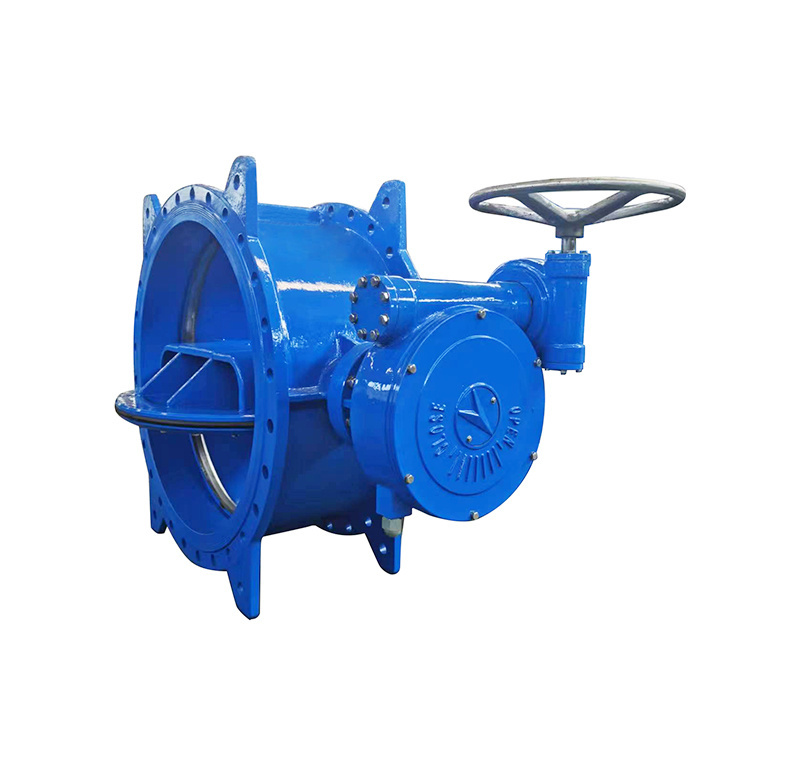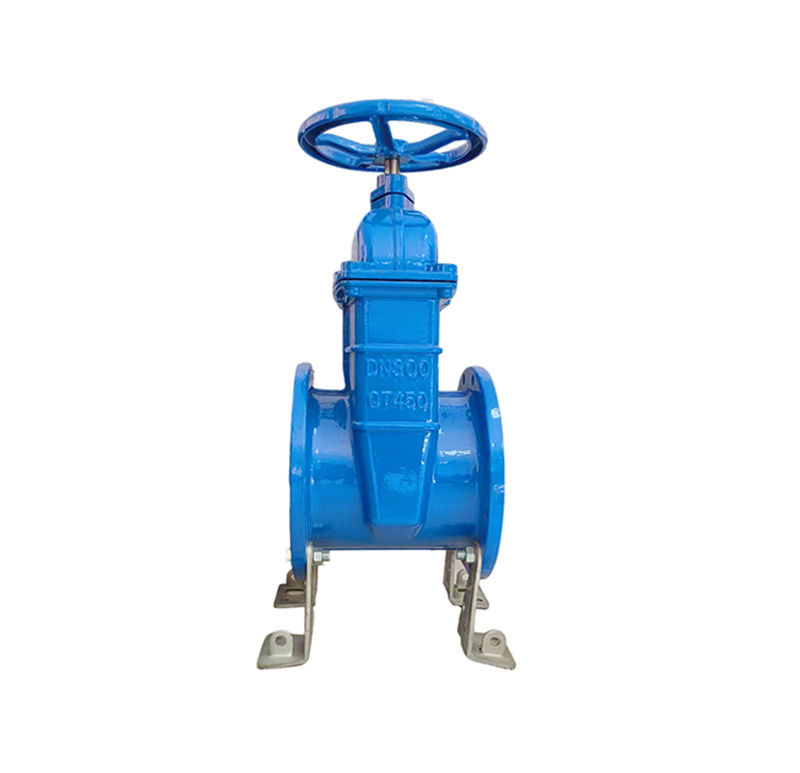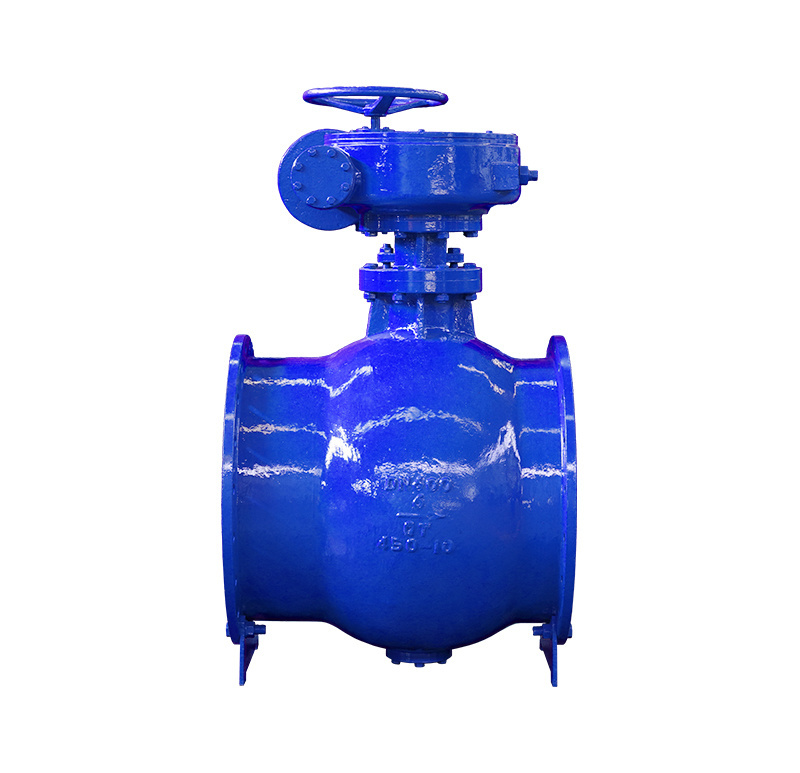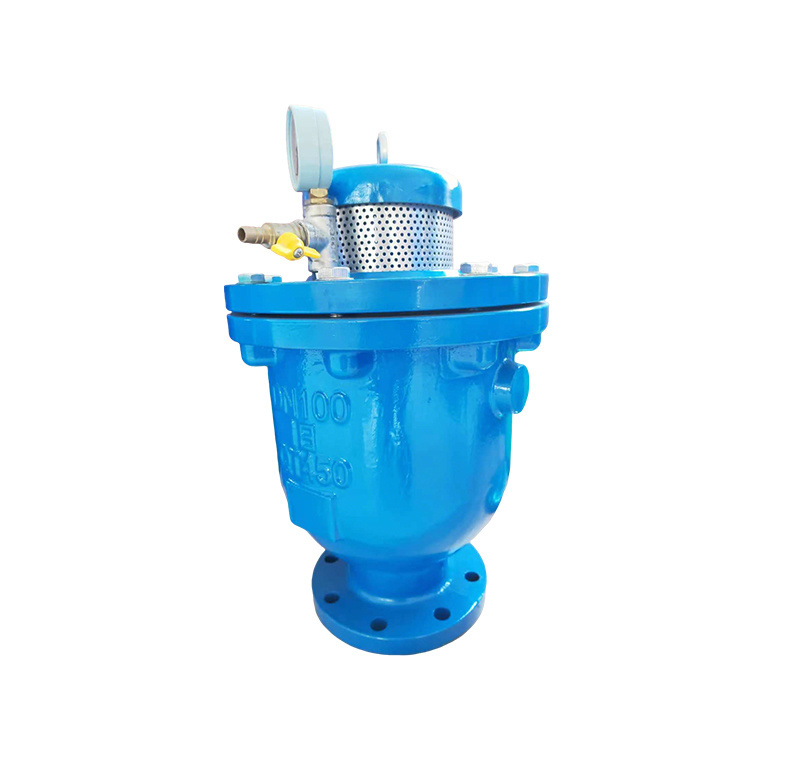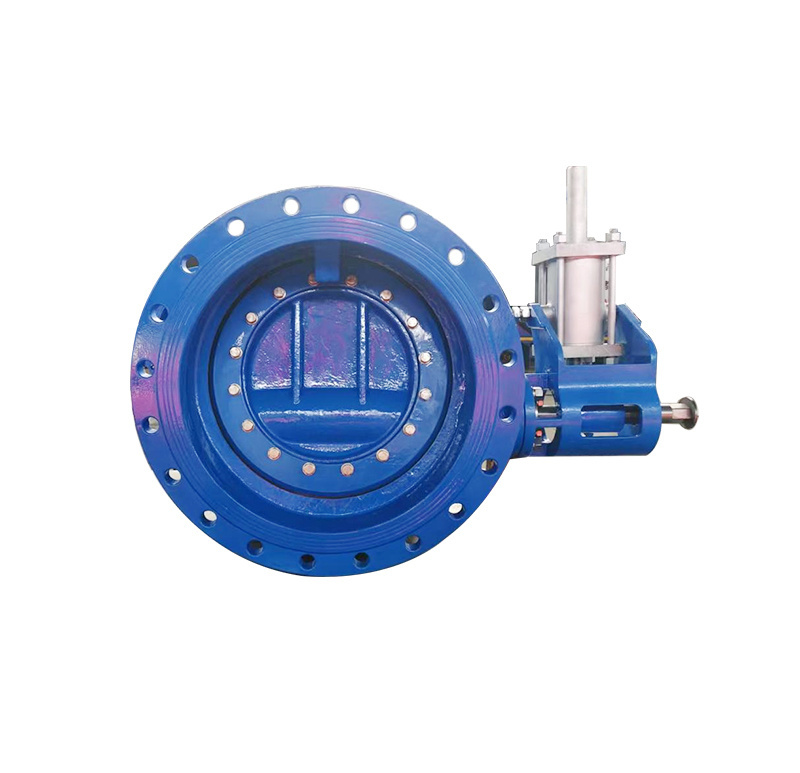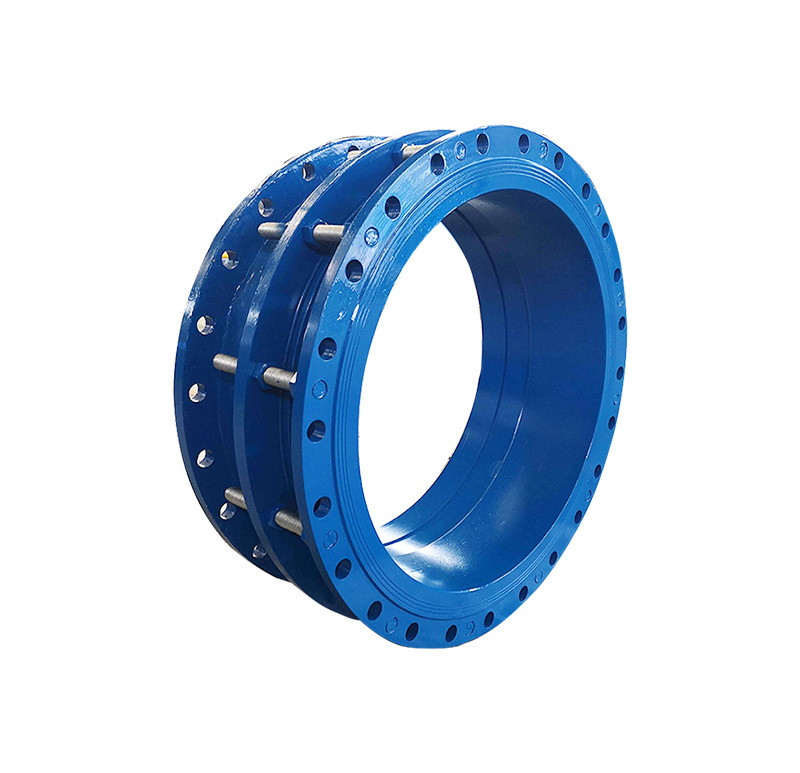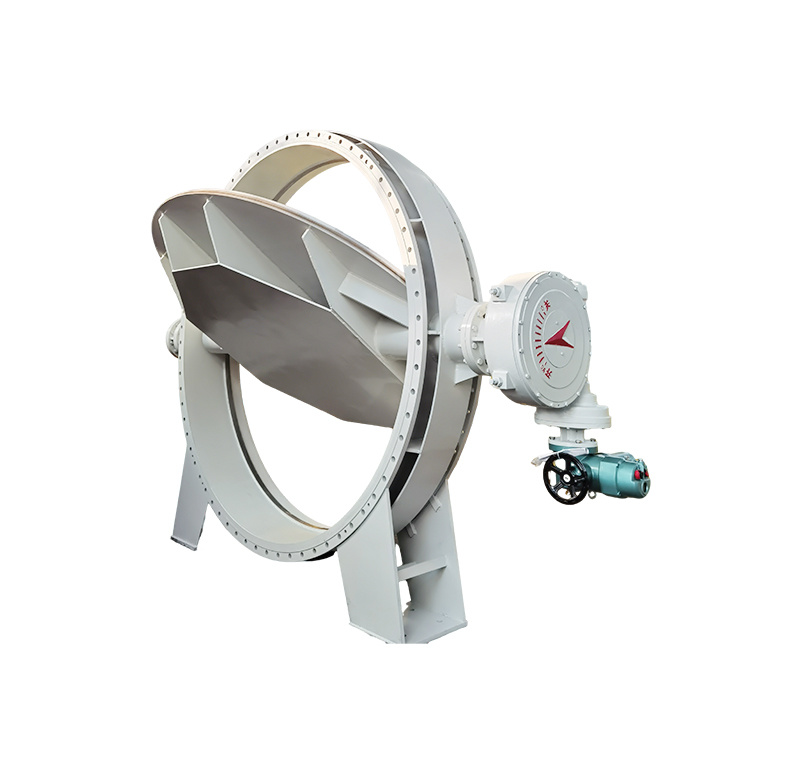Unleashing Efficiency: The Best Eccentric Butterfly Valves for Your Industrial Needs
Unleashing Efficiency: The Best Eccentric Butterfly Valves for Your Industrial Needs
Table of Contents
1. Introduction to Eccentric Butterfly Valves
2. Key Benefits of Eccentric Butterfly Valves
3. Types of Eccentric Butterfly Valves
4. Applications of Eccentric Butterfly Valves in Various Industries
5. How to Select the Right Eccentric Butterfly Valve
6. Maintenance Tips for Longevit
Unleashing Efficiency: The Best Eccentric Butterfly Valves for Your Industrial Needs
Table of Contents
- 1. Introduction to Eccentric Butterfly Valves
- 2. Key Benefits of Eccentric Butterfly Valves
- 3. Types of Eccentric Butterfly Valves
- 4. Applications of Eccentric Butterfly Valves in Various Industries
- 5. How to Select the Right Eccentric Butterfly Valve
- 6. Maintenance Tips for Longevity
- 7. Troubleshooting Common Issues
- 8. Conclusion
- 9. Frequently Asked Questions
1. Introduction to Eccentric Butterfly Valves
Eccentric butterfly valves are a vital component in many industrial systems. Designed for effective flow control, these valves utilize a unique disc design that allows for smoother operation compared to traditional butterfly valves. The eccentric positioning of the disc minimizes friction and wear, ensuring higher efficiency and longer service life. As industries continue to seek ways to reduce costs and improve performance, understanding the advantages and applications of eccentric butterfly valves becomes crucial.
2. Key Benefits of Eccentric Butterfly Valves
Eccentric butterfly valves offer numerous advantages that make them an ideal choice for various industrial applications:
2.1 Enhanced Flow Control
One of the standout benefits of eccentric butterfly valves is their ability to provide precise flow control. The unique disc design allows for gradual opening and closing, reducing the risk of water hammer and pressure spikes in the system.
2.2 Reduced Wear and Tear
The eccentric design minimizes the contact area between the disc and the seat, significantly reducing wear and tear over time. This leads to less frequent replacements and decreases overall maintenance costs.
2.3 Versatile Applications
Eccentric butterfly valves can handle a wide range of fluids, including liquids, gases, and slurries. This versatility makes them suitable for various sectors, from wastewater treatment to food processing.
2.4 Compact Design
Due to their design, eccentric butterfly valves are more compact than traditional valve types. This space-saving feature allows for easier installation in confined spaces.
3. Types of Eccentric Butterfly Valves
There are several types of eccentric butterfly valves, each designed to meet specific operational requirements. Understanding these types will help in selecting the best option for your application.
3.1 High-Performance Eccentric Butterfly Valves
These valves are engineered to handle high pressures and temperatures, making them ideal for demanding industrial environments. Their robust construction ensures reliability and longevity.
3.2 Soft-Seated Eccentric Butterfly Valves
Soft-seated valves utilize elastomeric materials for the seat, providing an excellent sealing capability. They are suitable for applications where tight shut-off is necessary.
3.3 Metal-Seated Eccentric Butterfly Valves
Designed for high-temperature and high-pressure applications, metal-seated valves offer durability and can withstand harsh operating conditions.
3.4 Double Eccentric Butterfly Valves
This design features two axes of rotation, allowing for minimized seat wear and improved sealing capability. They are particularly useful in systems that require frequent cycling.
4. Applications of Eccentric Butterfly Valves in Various Industries
Eccentric butterfly valves are employed in diverse industries, each taking advantage of their unique properties.
4.1 Water Treatment Plants
In water treatment facilities, these valves regulate the flow of water and chemicals, ensuring optimal treatment processes while minimizing leakage and maintenance needs.
4.2 Chemical Processing
Eccentric butterfly valves can handle corrosive chemicals, making them essential in chemical processing plants where reliability and safety are paramount.
4.3 Food and Beverage Industry
In the food and beverage sector, sanitary designs are crucial. Eccentric butterfly valves made from food-grade materials ensure compliance with health regulations while providing effective flow control.
4.4 Power Generation
In power plants, these valves regulate steam and water flow, playing a critical role in maintaining energy efficiency and operational safety.
5. How to Select the Right Eccentric Butterfly Valve
Choosing the appropriate eccentric butterfly valve involves several considerations to ensure optimal performance.
5.1 Understand Your Application
Begin by analyzing the specific requirements of your application. Consider factors such as temperature, pressure, and the type of fluid being transported.
5.2 Material Selection
The valve material should be compatible with the fluid to prevent corrosion and contamination. Common materials include stainless steel, carbon steel, and various elastomers.
5.3 Size and Specifications
Ensure that the valve size matches the piping system to avoid pressure loss and flow issues. Refer to industry standards for accurate sizing.
5.4 Actuation Options
Consider whether you need manual or automated actuation. Automated solutions enhance operational efficiency and help in remote monitoring.
6. Maintenance Tips for Longevity
To ensure the longevity of your eccentric butterfly valves, regular maintenance is essential.
6.1 Routine Inspections
Conduct routine inspections to check for leaks, wear, or damage. Early detection can prevent costly repairs.
6.2 Lubrication
Regularly lubricate moving parts to minimize friction and wear. Use a lubricant compatible with the valve materials.
6.3 Clean the Valve
Keep the valve clean and free from debris, especially in applications involving slurries or particulates. This helps maintain optimal flow characteristics.
6.4 Replace Worn Parts
Identify and replace worn components promptly to maintain the valve's functionality and efficiency.
7. Troubleshooting Common Issues
Addressing common problems with eccentric butterfly valves can enhance their performance and reliability.
7.1 Incomplete Closure
If the valve does not close completely, check for debris in the seat area or mechanical damage to the disc.
7.2 Leakage
Leakage may indicate seat damage or improper installation. Inspect the seating surface and ensure the valve is correctly aligned with the piping.
7.3 Excessive Wear
If the valve shows signs of excessive wear, evaluate the fluid characteristics and ensure the selected valve material is suitable.
7.4 Actuation Issues
For automated valves, inspect the actuation system for malfunctions, including power supply and control signal issues.
8. Conclusion
Eccentric butterfly valves play an indispensable role in enhancing operational efficiency across various industrial sectors. Their unique design, coupled with the benefits of reduced wear, efficient flow control, and versatility, makes them a superior choice for fluid regulation. By understanding the types, applications, and selection criteria, industries can make informed decisions that lead to improved performance and reduced costs in their operations.
9. Frequently Asked Questions
9.1 What is an eccentric butterfly valve?
An eccentric butterfly valve is a type of valve that features a disc positioned eccentrically to the valve's centerline, allowing for smoother operation and enhanced flow control.
9.2 How do I know which size of valve to choose?
The valve size should match the pipe diameter and flow requirements of your application. Consult industry standards and guidelines to determine the correct sizing.
9.3 Are eccentric butterfly valves suitable for high-temperature applications?
Yes, certain designs of eccentric butterfly valves are engineered to withstand high temperatures and pressures, making them suitable for demanding industrial applications.
9.4 How often should I maintain my eccentric butterfly valve?
Regular maintenance should be conducted based on the operating conditions and manufacturer recommendations. Monthly inspections are advisable for high-use scenarios.
9.5 What materials are best for eccentric butterfly valves?
Common materials include stainless steel for corrosion resistance and durability, as well as soft or metal seating materials depending on the application requirements.
By integrating these insights, we can ensure that the right eccentric butterfly valve is selected and maintained, leading to optimal efficiency and performance in industrial processes.
Previous









